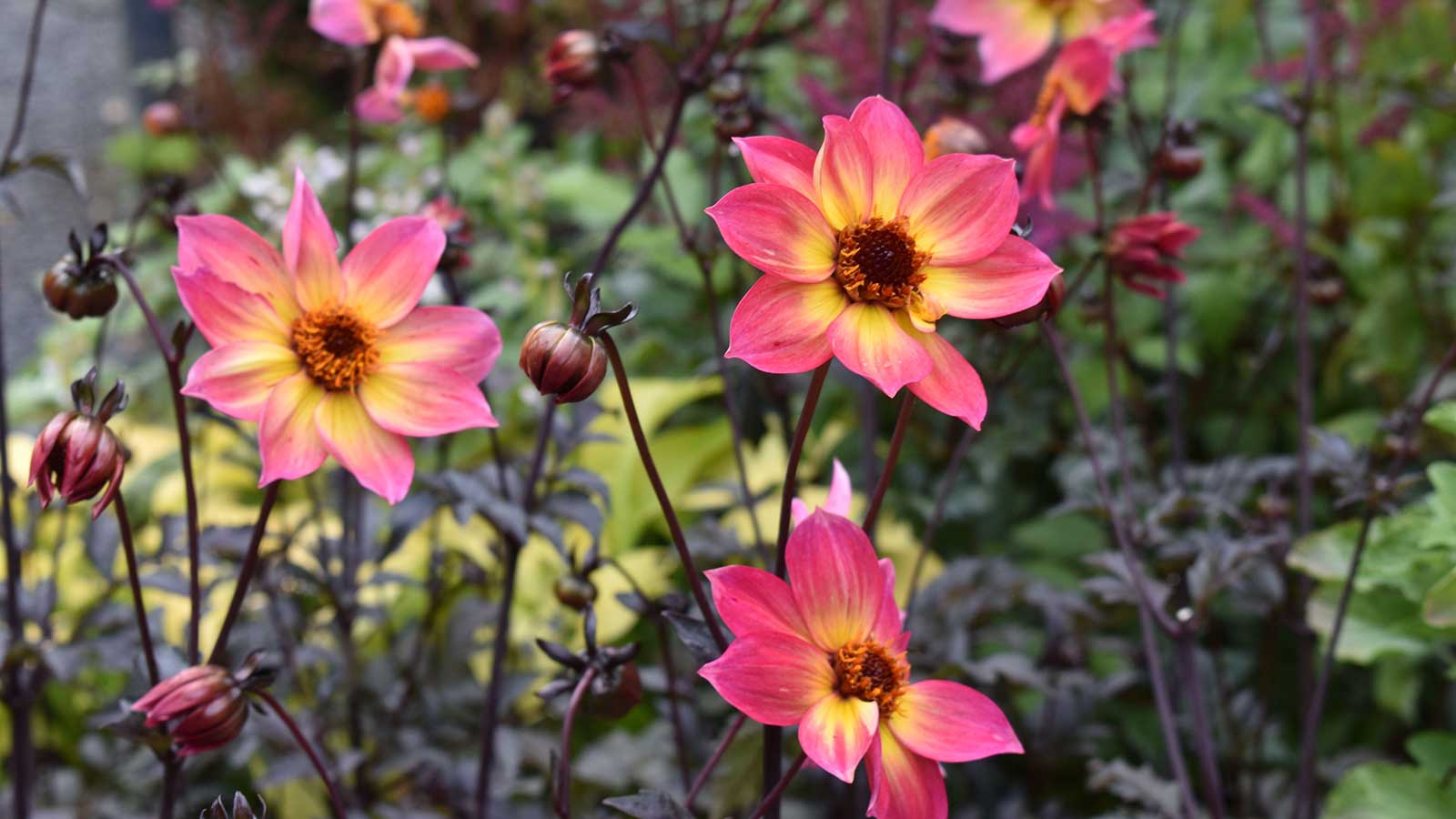
North America has a wide variety of climates from tropical Florida to icy Alaska and there are no plants that will happily survive everywhere. In particular, some plants will endure the coldest of winters, while some will be killed by the lightest frost. But how do we know which plants will survive where? And how we know which plants will survive the winter temperatures in our yard?
To help gardeners and farmers understand all this, the USDA has collated records of the average coldest winter temperatures from thousands of weather stations all over the country. This data has all been plotted on a map and the country divided into thirteen zones which are displayed on the USDA Hardiness Zone map and numbered zone 1 (the coldest) to zone 11 (the warmest). There are two more warmer zones (Z12 and Z13), but these cover tiny tropical areas.
The other part of the solution is that all the plants we commonly grow, along with many many rare and unusual varieties, have been assessed for winter hardiness, and each variety assigned its own rating. Once you’ve checked on the map to find your zone - you can check the plant’s rating to see if it will take the winter in your yard. It’s a simple and effective system.
It’s important to remember that this is not a hard-and-fast rule as other factors can influence winter hardiness. These include soil type and whether the soil is well-drained, as well as the local presence of mountains, large bodies of water, buildings and so on.
Discover more about zone 7 with our expert guide, and learn which plants will grow well across this large area.
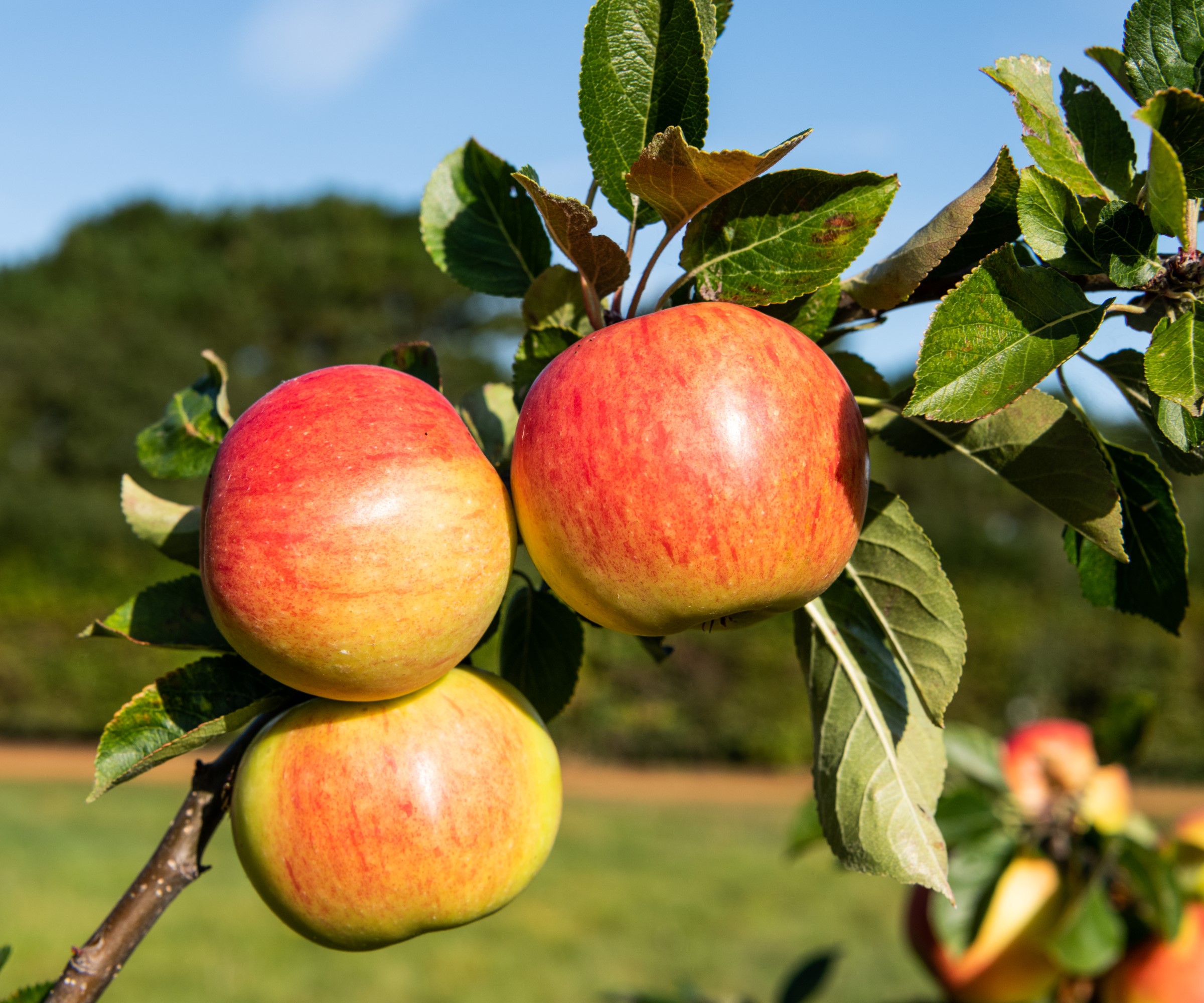
US hardiness zone 7
As we look at one zone, and then the next, the range of plants that can be grown expands. The last frost date is earlier, the first frost date is later, and with a longer growing season a wider range of plants can enjoy the time and the conditions that will allow them to mature reliably.
How To Garden In Zone 7
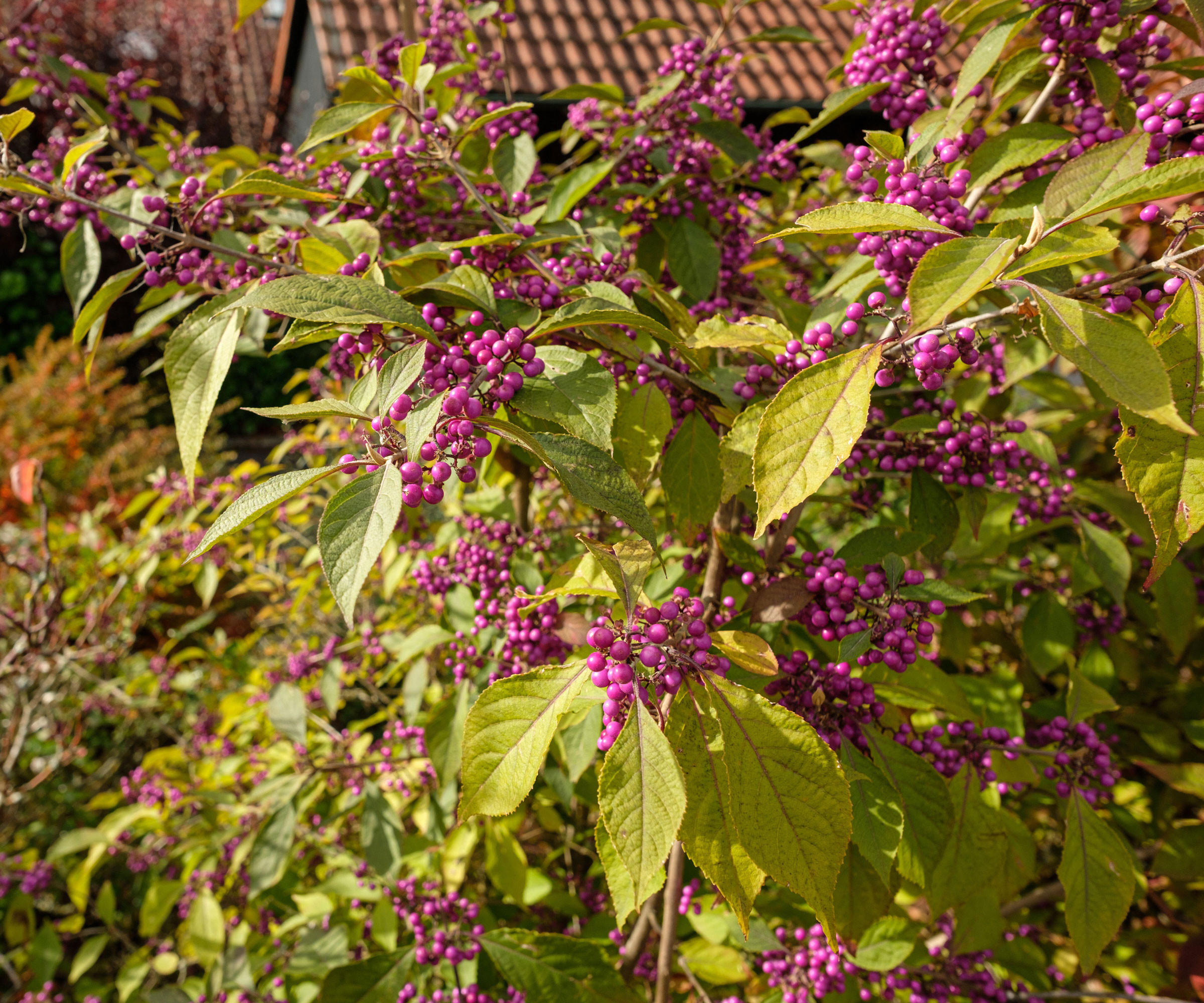
There’s another factor to keep in mind if you live in zone 7. We can grow tomatoes, for example, in zone 4 through to zone 9 - but the longer growing season in warmer zones allows them to ripen more fruits, crop more heavily and, sometimes, develop more flavor.
On top of all that, varieties have been developed that are best suited to just one or two zones.
In zone 7, average lowest winter temperatures fall in the range of 0F to 10F.
- Choose plants rated as suitable for zone 7, but be flexible in your choices. Some plants rated as zone 8 may well succeed in suitable garden microclimates in zone 7 and including them in your choice will widen your range of options – although, sometimes, you may be disappointed.
- Use what protected space you have to start flower and vegetable seeds and summer flowering bulbs into growth so that when they’re planted out they’re more advanced than they would be from starting outside.
- As the climate changes, you may find you can be less fixed about when you start edibles and flowers. Rely less on precise guidance based on traditional practice and pay more attention to each year’s seasonal changes.
- A greenhouse, hoop house and tunnels can make a significant difference in zone 7, allowing a wider range of plants to thrive and get started into growth when it’s still too cold in the open garden.
- Horticultural fleece or even old bedsheets can be used in spring or fall as temporary protection against unexpected chills.
- Mulching in fall will help protect crowns and roots against winter frost, but if you forget to mulch in fall, mulching in spring is still useful and helps preserve summer moisture.
- Fences, walls, and hedges can protect plants from icy winds but can also cast spring shade slowing the thawing of winter frost and snow.
- As they mature, evergreens can create small areas, microclimates, where conditions are slightly different from those in the rest of the garden. Pay attention to where the sun and the shade fall.
- If varieties of fruit have been specifically developed for your climate, or been locally in your area, for generations – be sure to try them.
Zone 7 main features
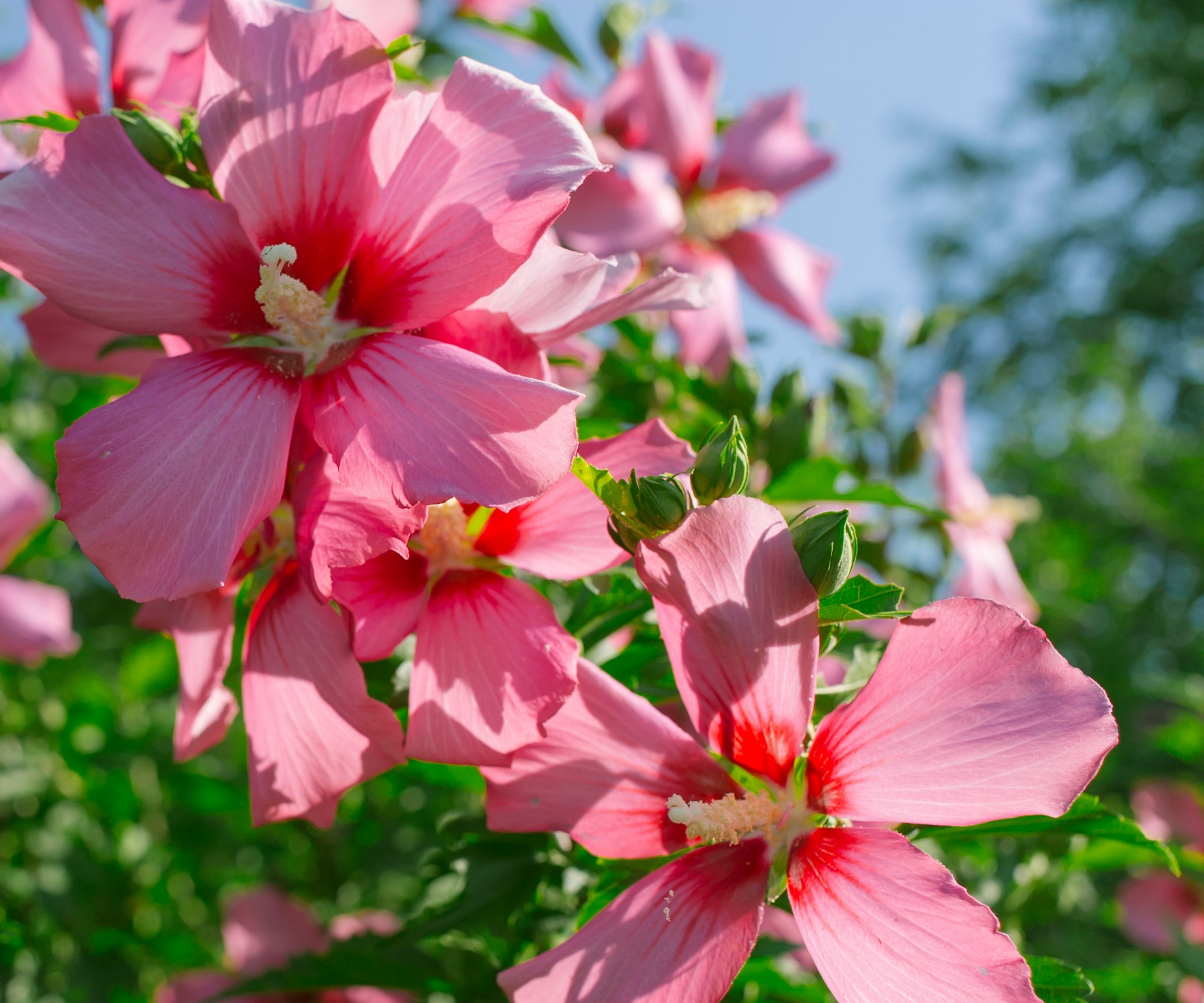
Average coldest winter temperatures in zone 7 is between 0F and 10F.
Zone 7a has a minimum average temperature of 0F to 5F. Zone 7b has a minimum average temperature of 5F to 10F.
Zone 7 stretches from Cape Cod, MA and Long Island, NY through Philadelphia, PA and Washington, DC then Virginia, North Carolina, and across to Texas and up the western side of the Rockies – with colder zones at higher altitudes and warmer zones at lower. Check the map, or use the zip code look-up, for more detail.
The first frost date of the fall is usually about October 29 – November 15, the last frost date of the spring is usually about March 22 – April 3.
Plants for zone 7
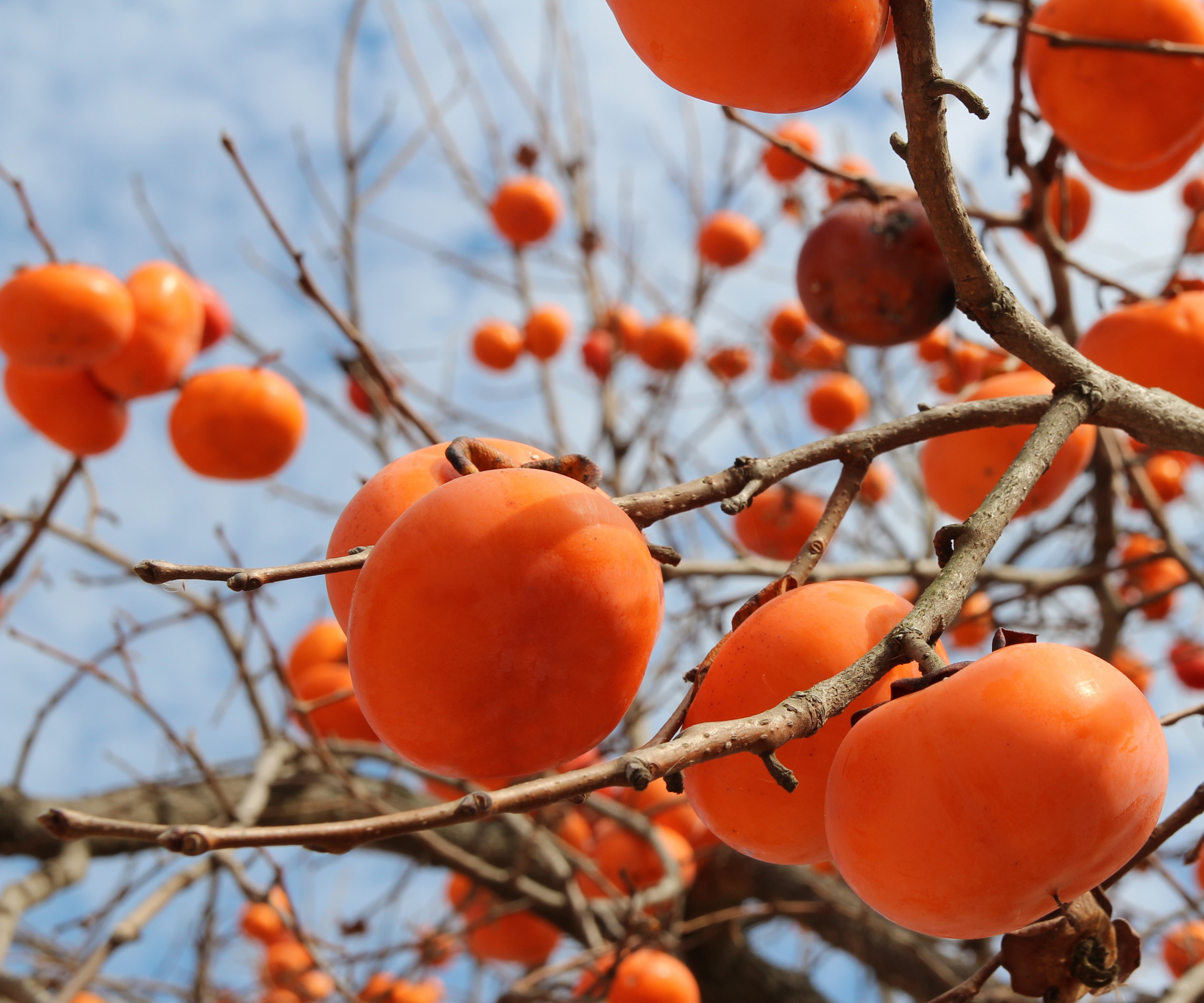
In zone 7, we’re approaching the areas of the country which can be home to the widest variety of ornamental and edible plants. The choice can be bewildering, so always look out for varieties that have received national, regional or state awards.
Most plants noted for zones 1, 2, 3, 4, 5 and 6 are also suitable for zone 7.
Deciduous trees
Full moon maple (Acer japonicum) Wonderful fall color on an attractively shaped small tree ideal for suburbs and subdivisions.
Cleveland pear (Pyrus calleryana ‘Chanticleer’) Plant instead of the widely-planted ‘Bradford’, which is invasive and has fragile branches.
Also try: Golden rain tree (Koelreuteria paniculata).
Evergreen trees
Southern magnolia (Magnolia grandiflora) Imposing, large-leaved evergreen with bold foliage and huge super-scented white flowers.
European holly (Ilex aquifolium varieties) A very wide range of varieties with variegated foliage, berries in reds, orange and yellow – or both.
Also try: Monkey puzzle tree (Auracaria auracana).
Deciduous shrubs
Old-fashioned shrub roses (Rosa varieties) Generally tougher than recent varieties, old roses come in a huge variety of colors and fragrances.
Summersweet (Clethra alnifolia) Spikes of powerfully fragrant pink or white summer flowers are followed by golden fall foliage.
Also try: Rose of Sharon (Hibiscus syriacus).
Evergreen shrubs
Japanese aucuba (Aucuba japonica) Bold, glossy leaves are often intensely speckled in yellow and bright scarlet berries may sparkle in fall.
Rhododendron (Rhododendron) From neat patio treasures to almost tree-like boldness, the clusters of spring flowers are stunning.
Also try: Sweet box (Sarcococca).
Vines
Summer jasmine (Jasminum officinale) Vigorous twiner with heavily scented white summer flowers. Responds well to hard spring pruning.
Winter jasmine (Jasminum nudiflorum) A sprawling plant that needs tying to its support. Opens its bright yellow winter flowers on bare green stems.
Also try: Anemone clematis (Clematis montana).
Sun perennials
Daylily (Hemerocallis) Tough, sun and cold tolerant, the flared flowers in many colors and color combinations open continually all summer.
Hibiscus Huge trumpet-shaped flowers in reds, pinks and white open on big bushy plants. Will astonish neighbors.
Also try: Aster (Symphiotrichum novae-angliae, Symphiotrichum novi-belgii)
Shade perennials
Cranesbill (Geranium varieties) Dependable, clumpers and sprawlers mainly with dense maple-like leaves and upward facing saucer-flowers in many colors.
Hosta (Hosta varieties) Tightly clump-forming, spreading steadily and smothering weeds effectively but protect from slugs in spring.
Also try: Lungwort (Pulmonaria)
Spring flowering bulbs
Crocus (Crocus) Many colors, many spread steadily, ideal companions for spring flowering perennials, good everywhere from borders to pots.
Daffodil (Narcissus) Easy-to-grow, tough, reliable – and now in many more colors than plain old yellow and single and double flowered varieties.
Also try: Ornamental onion (Allium).
Summer flowering bulbs
Dahlia (Dahlia) Many kinds for containers, borders and cutting – simply choose the color and style that appeals. Store in a frost-free place for winter.
Lily (Lilium) Many are scented, start with Oriental lilies which come in good range of colors for borders or containers.
Also try: sword lily (Gladiolus).
Native shrubs
Buttonbush (Cephalanthus occidentalis) Intriguing rounded white summer flowers much loved by butterflies. Good in wet conditions.
Arrowwood viburnum (Viburnum dentatum) Glossy leaves bring fiery fall color, blue berries follow white flowers.
Also try: Beautyberry (Callicarpa americana)
Native perennials
Bee balm (Monarda) Aromatic mint-like foliage is topped with tiers of slender hooked summer flowers in reds, pinks, purples, mauves and white.
Prickly pear (Opuntia) Unexpectedly tough, the fat, thorny, more or less succulent discs form a uniquely distinctive plant.
Also try: Cardinal flower (Lobelia cardinalis)
Annuals
African daisy (Gerbera jamesonii) Exceptionally bright, single or double, daisy-like flowers held singly above a rosette of leaves.
Petunia (Petunia) Literally a rainbow of colors (plus black) with an increasing range of unusual colors and color patterns.
Also try: Scarlet sage (Salvia splendens).
Vegetables
Pumpkins and squashes: Start the seeds in a protected pace, such as a sun room, or buy starts from a local nursery.
Eggplant: Check for the earliest varieties to ripen in your area and start with them.
Also try: Arugula
Fruits
Persimmon: Underappreciated, late ripening tree fruit. Not all trees produce fruit, so be sure to ask for a self-fertile variety.
Cherries: All cherry types grow well in zone 7, and an increasing range of varieties is now available as small, deck-sized trees.
Also try: Apples.
It's clear that the range of plants and flowers that grow well in zone 7 is wide, and with a longer growing season the breadth of crops you could plant makes for a plethora of options for your vegetable garden ideas.







